Keto vs Atkins: Low Carb Diet Differences
Keto diets aren’t any specific diet but a type of diet with particular qualifications. Atkins, on the other hand, is a specific diet with similar qualifications. With both Keto vs Atkins having similar guidelines, which one will provide you with the best results?
There are many different diets to choose from, but two remain among the most popular diets – Keto vs Atkins. What is the difference between Keto vs Atkins for meal planning and dieting?
Knowing the main differences will help you identify which eating plan is right for you between the Atkins and Keto Diets. These days, there are so many different diet plans or lifestyle eating choices, and if you prefer, you can become thoroughly confused about what to eat at all!
Should you become Vegan or Paleo? No fat or No carb? What exactly are your diet goals? What is Ketosis? To try to make things simple, let’s break down the main components of two of the most popular eating styles, Atkins and the Keto Diet.
Keto vs Atkins: Low Carb Diet Differences
The Atkins diet was originally developed by Dr. Robert C. Atkins in his 1972 book. Atkins is a low-carbohydrate diet that claims you can lose weight as long as you avoid all foods high in carbohydrates and without counting calories.
The diet plan also claimed this diet led to various health improvements besides weight loss. Studies have shown that the Atkins diet has improved blood sugar and HDL (good cholesterol).
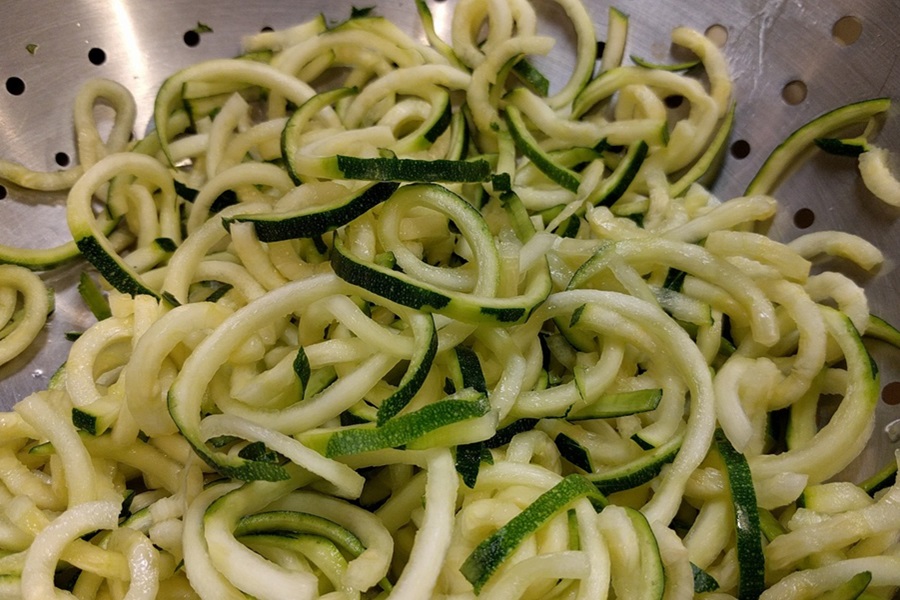
Atkins is high fat, high protein, and very restrictive carbohydrate. It is most often done in 3 phases leading up to a long-term maintenance phase (phase 4), allowing for healthy carbohydrates so long as your body can tolerate them without gaining weight.
- Phase 1 (induction) – Carb counting is vital in this phase, and carbs should stay under 20 grams per day. This kicks the body into a state of ketosis and starts weight loss.
- Phase 2 (balancing) – This phase slowly adds back carbs like nuts, low-carb vegetables, and small amounts of fruit back to your diet.
- Phase 3 (fine-tuning) – Phase 3 slowly adds carbs to your diet as you approach your goal weight.
- Phase 4 (maintenance) – Once you have reached your goal weight, you can eat as many healthy carbs as your body can tolerate without gaining weight.
Atkins NO
- Refined sugar and processed “diet” foods.
- Grains: Wheat, spelt, rye, barley, rice.
- Vegetable oils: Soybean, Canola, Corn etc.
- Trans fats / Hydrogenated Fats
- High-carb vegetables like carrots in the induction phase.
- High-carb fruits like bananas and grapes in the induction phase.
- Starches such as potatoes and sweet potatoes in the induction phase.
- Legumes in the induction phase.
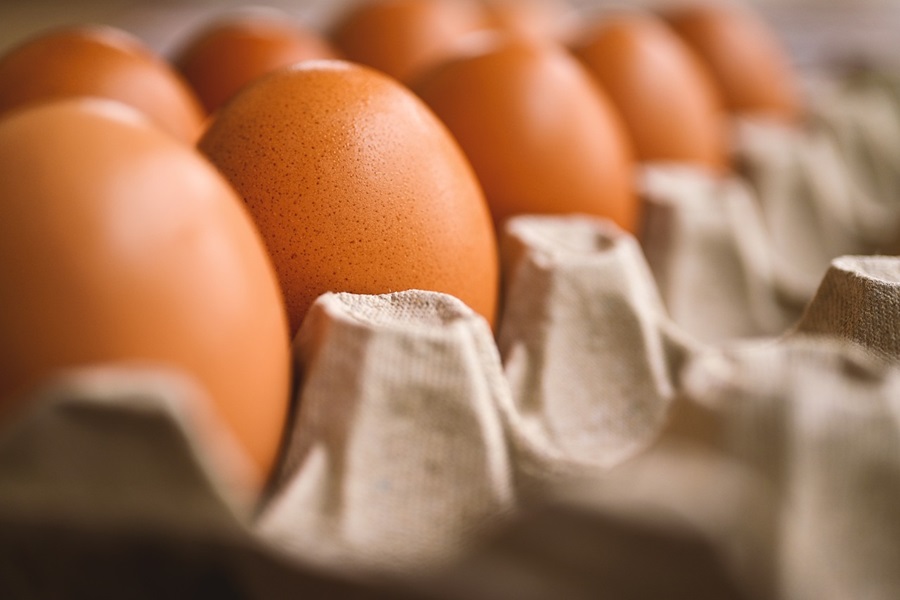
Atkins YES
- Meats
- Fatty fish and seafood
- Eggs
- Low-carb vegetables, usually leafy greens like kale, spinach, broccoli, etc.
- Full-fat dairy
- Nuts and seeds
- Healthy fats: Extra virgin olive oil, coconut oil, and avocado oil.
- Avocados, although a fruit, is OK
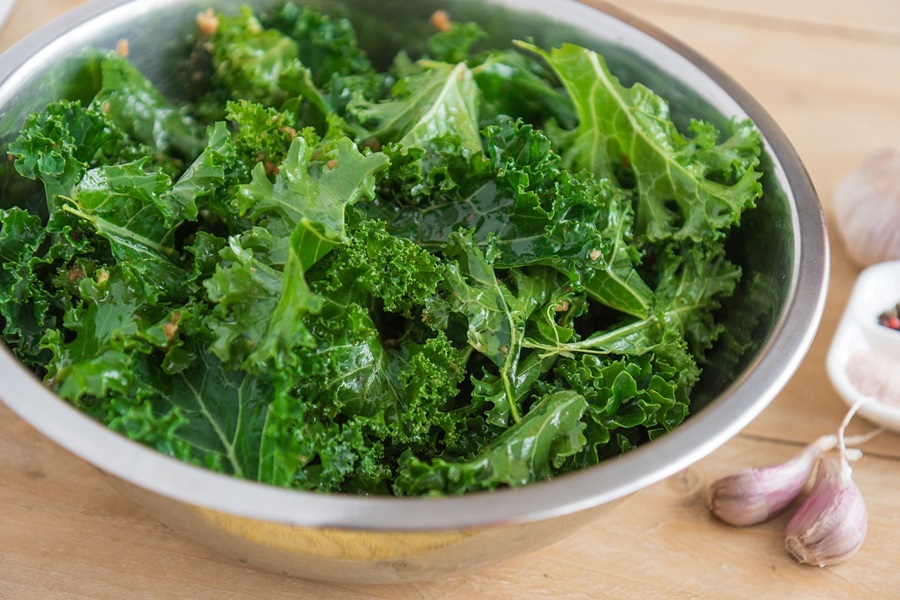
If keeping up with the phases of the maintenance is not for you, or if your body can not handle the re-introduction of carbs, you might prefer to stay in the induction phase or, similarly, the Keto Diet.
This brings us to the Keto part of the Keto vs Atkins head-to-head comparison.
Keto vs Atkins: Keto
The Ketogenic diet is a high-fat, moderate-protein, carb-restrictive diet. The name of this diet literally comes from the term “Ketosis,” which is a natural metabolic state the body enters when food intake is low.
The difference is that with the Ketogenic diet, you don’t restrict your body to food but carbohydrates/sugars, which are typically the body’s primary source of quick fuel.
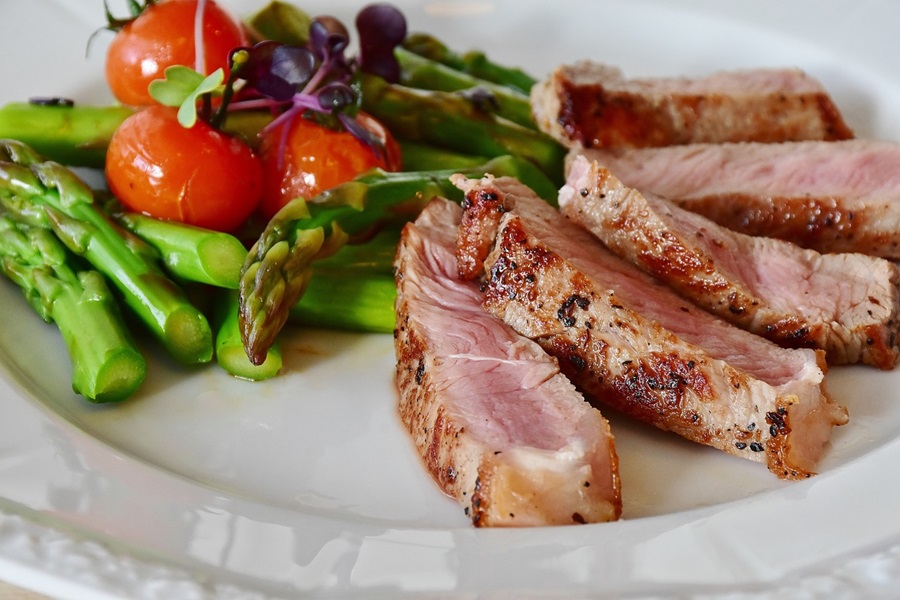
This diet works because it changes the body’s fuel source from carbs to fat and stored fat. The more restrictive you are with your carbs, the quicker you will achieve Ketosis.
This generally takes some planning ahead. Keto allows for no refined carbs of any kind, which means there are none of the usual suspects (wheat, bread, pasta, cereals) and no starch (potatoes, beans, legumes).
Fruit, with the exception of avocado and certain berries in small amounts, is also a no-no because it is sugar.
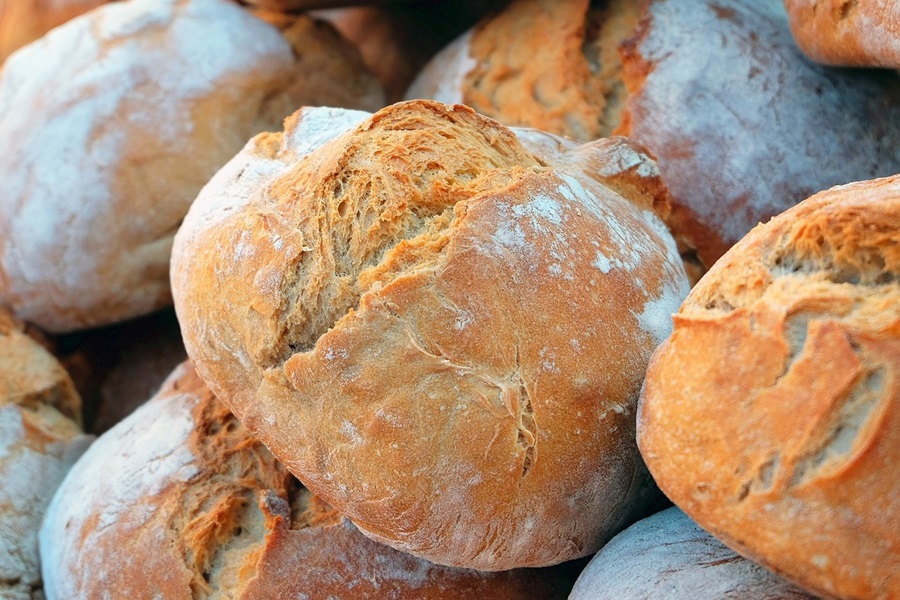
Keto NO
- Grains – wheat, corn, rice, cereal, etc.
- Sugar and Sweeteners – honey, agave, maple syrup, etc.
- Fruit – with some exceptions in small amounts.
- Tubers – potato, yams, etc.
- Legumes – beans
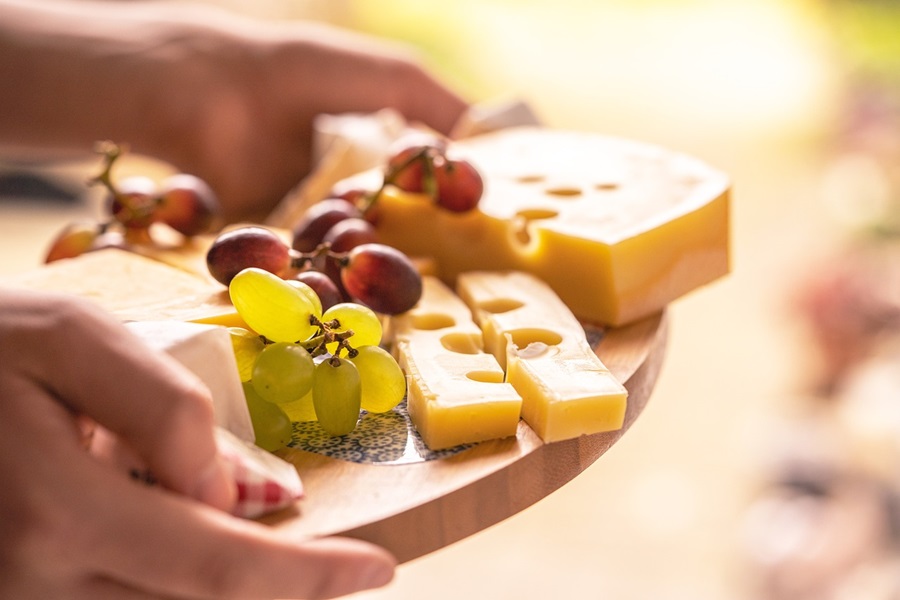
Keto YES
- Meats
- Eggs
- Leafy Greens – spinach, kale, etc.
- Vegetables – broccoli, cauliflower, etc.
- High Fat Dairy – hard cheeses, high-fat cream, butter, etc.
- Nuts and seeds –almonds, sunflower seeds, etc
- Avocado and berries – in small amounts
- Low or No Carb Sweeteners – stevia, erythritol
- Fats – coconut oil, high-fat, no-sugar salad dressing, saturated fats, etc.
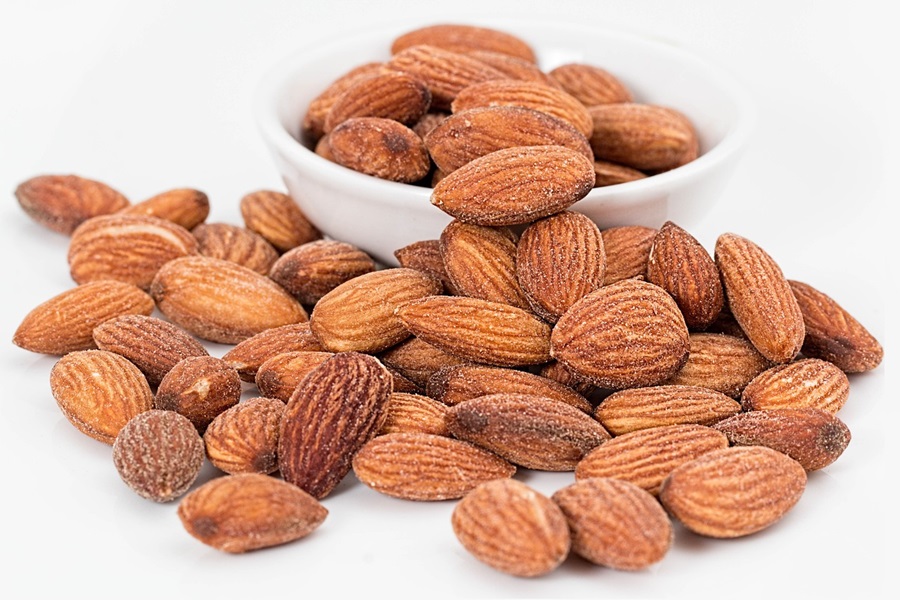
Whichever style suits you the main premise is the same. As long as your meals are built around a protein source with vegetables or nuts and some healthy fats, you will achieve weight loss and probably some additional health benefits.
So, which is the winner, Keto vs Atkins? Everything will come down to preference. Which types of foods do you prefer? Does one diet have better options for you?
The winner is the one that fits your lifestyle better, your preferences better, YOU better.
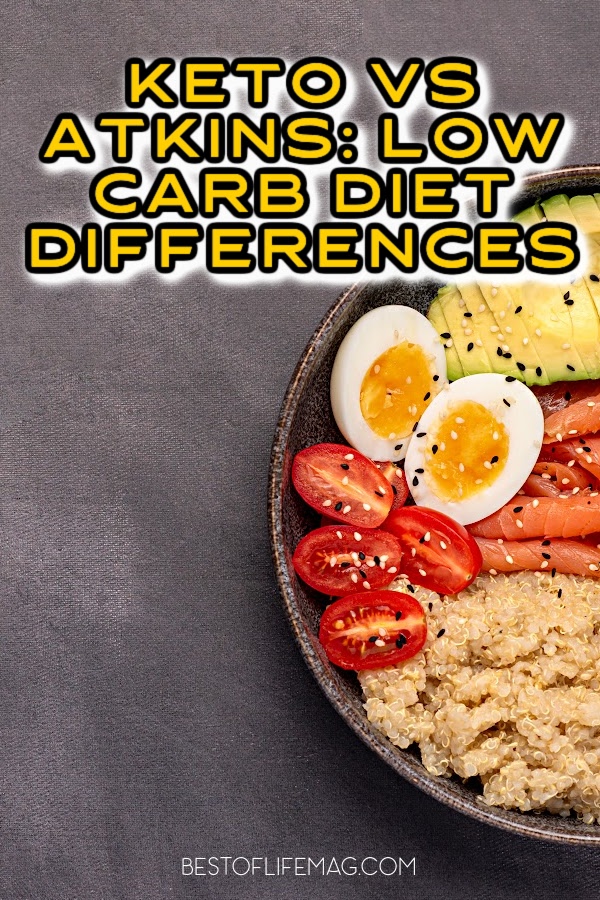
More Healthy Diet Resources
Ketogenic Diet Plan Shopping Lists | The keto diet doesn’t start in the kitchen; it starts in the grocery store.
How to Get your Body in Ketosis | Optimal Ketosis Tips | The goal is to get your body into ketosis, but how do you know when you are in ketosis?
Ketogenic Diet Recipes for Breakfast | You can start each day with the right meal, the meal that kick-starts your day and your weight loss.
Low Carb Keto Crockpot Recipes for Lunch | Keep it going throughout the day and serve up a healthy lunch for you to enjoy.
Easy Keto Dessert Recipes to Diet Happily | Don’t forget dessert! That’s right; dessert is on the many, so long as it’s low-carb.


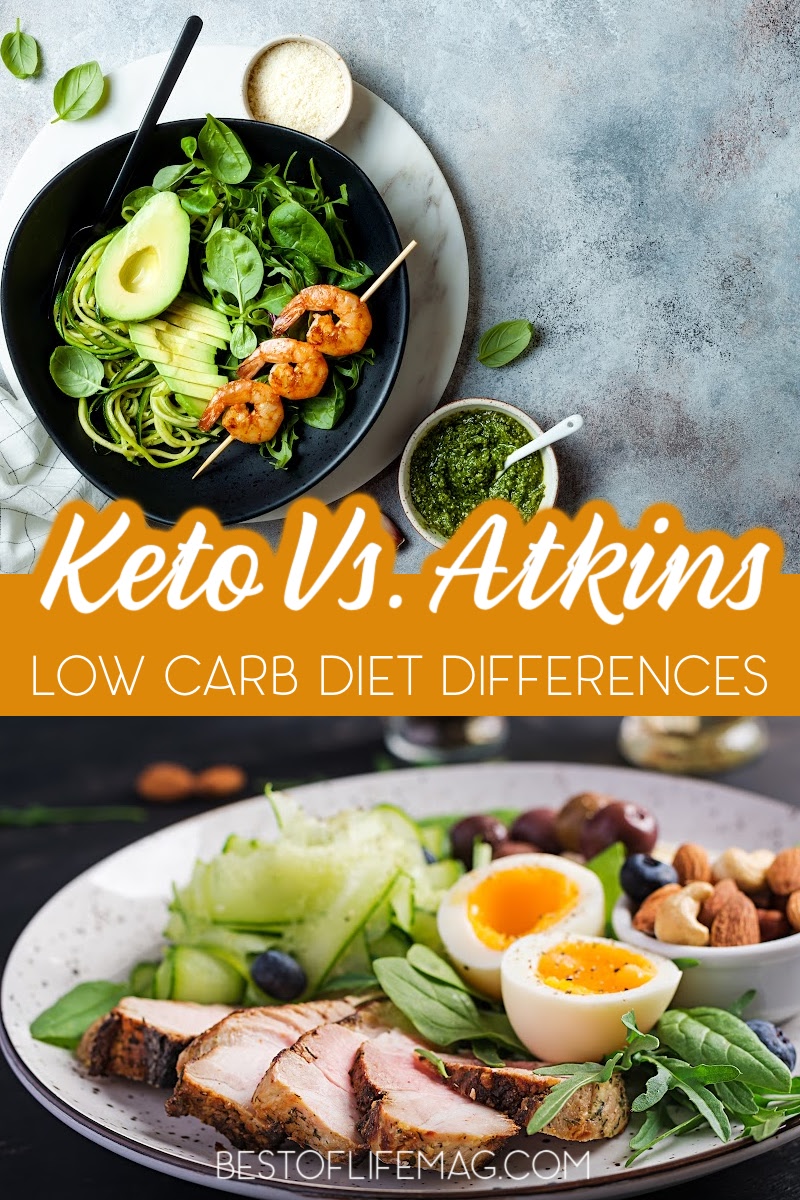
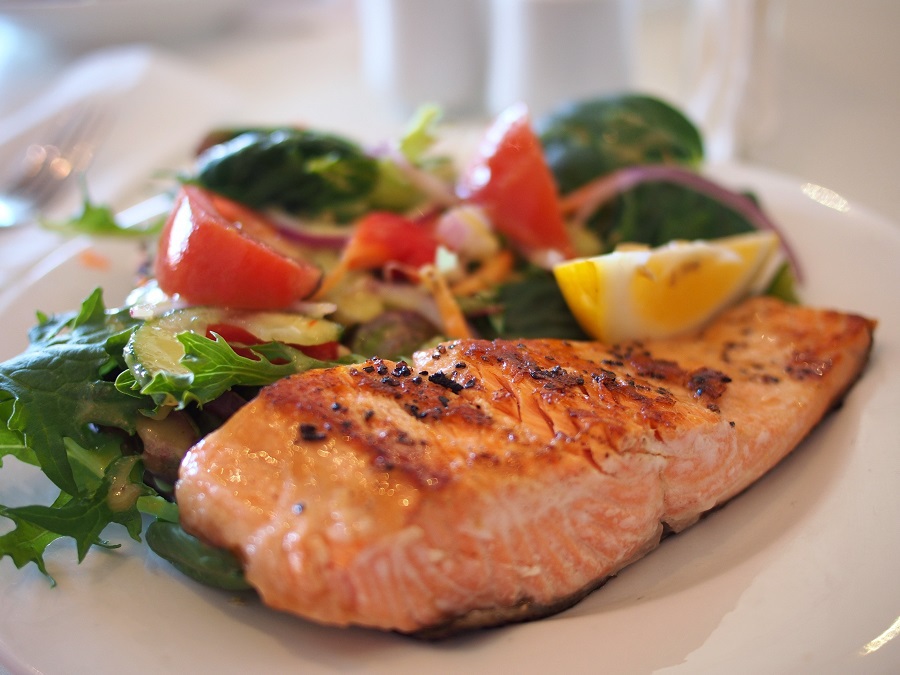
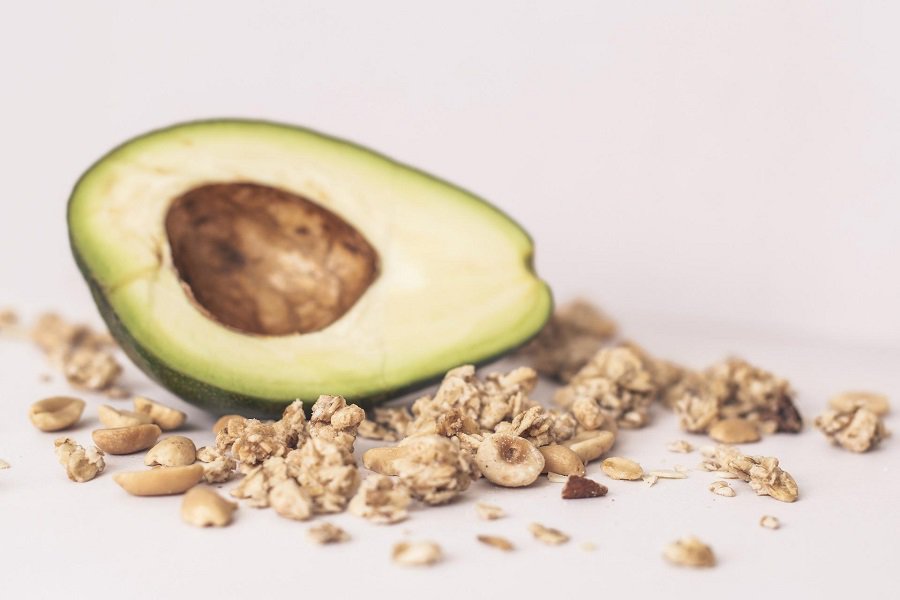
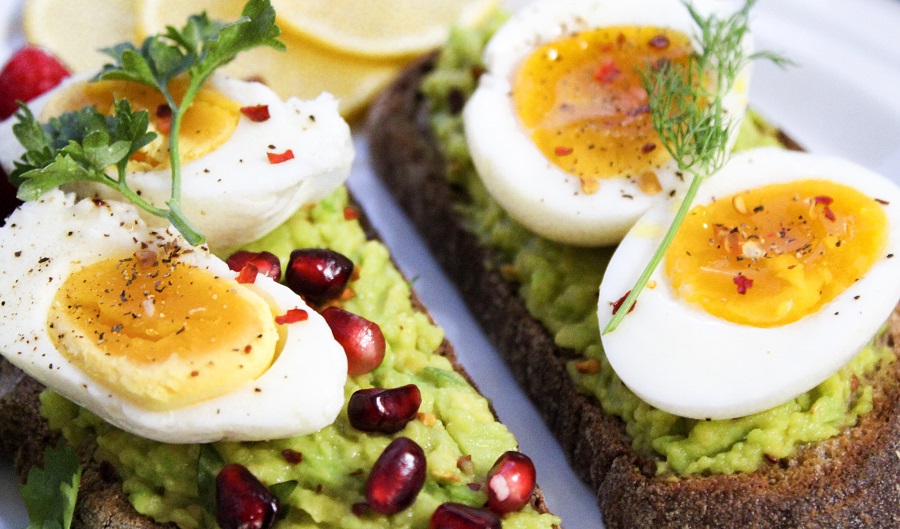
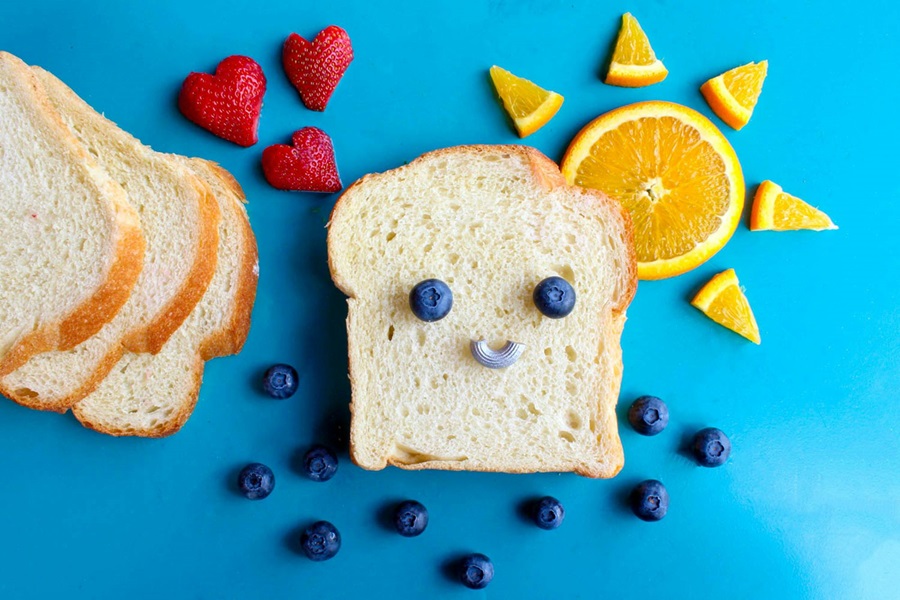
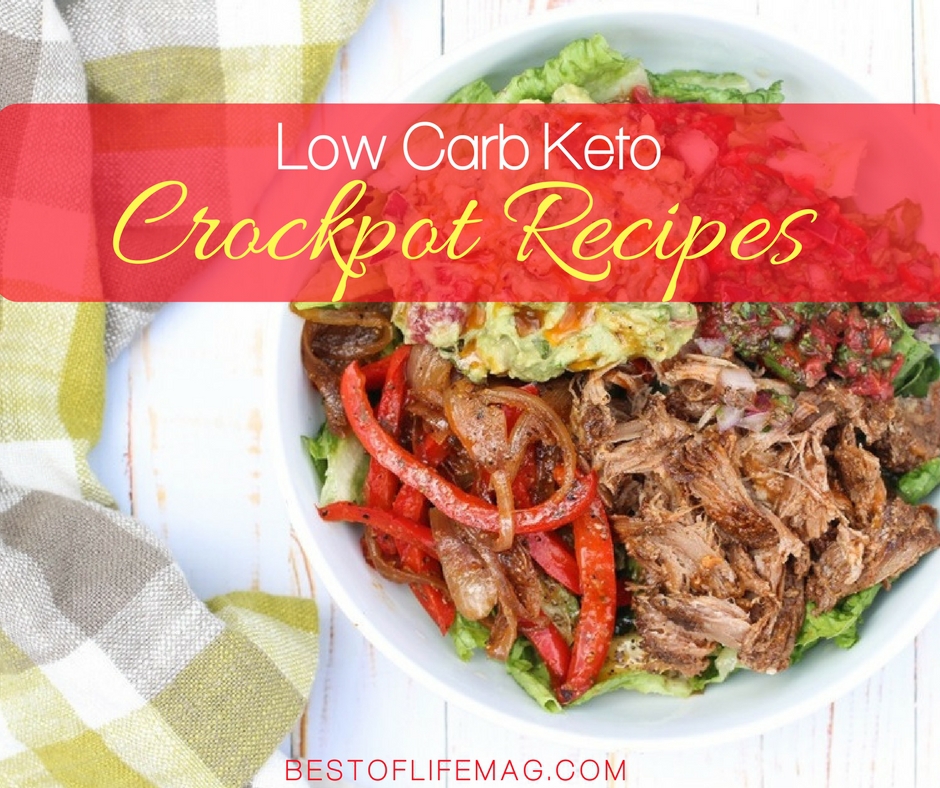
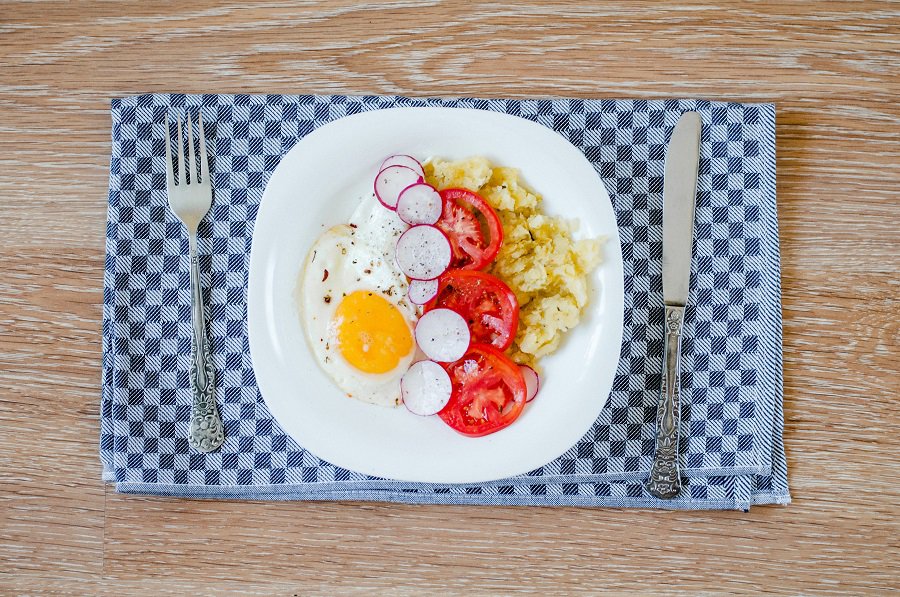
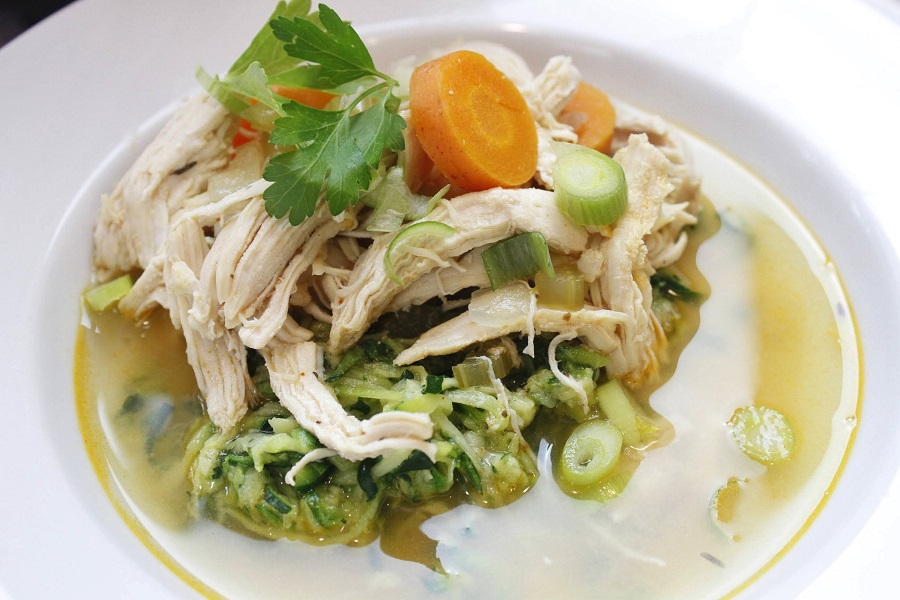
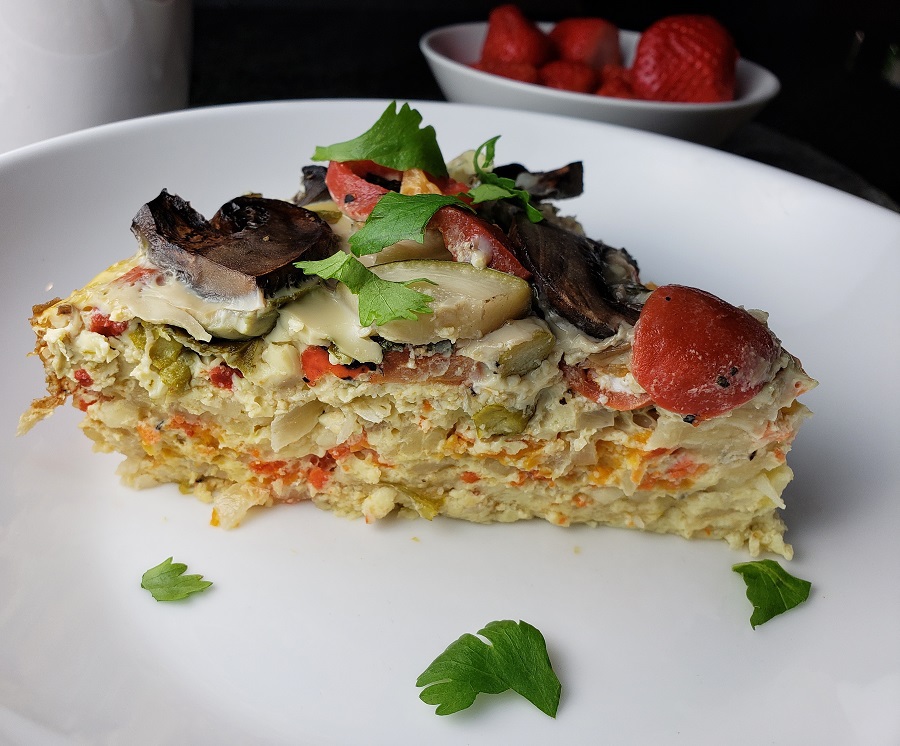

One Comment